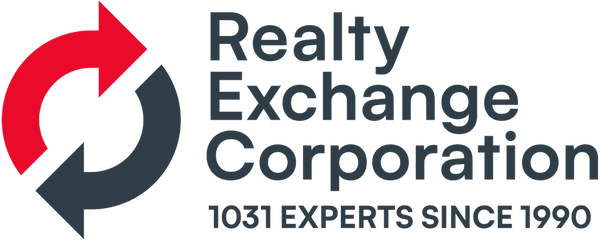INSTALLMENT SALE


Often a 1031 exchanger must take back a note from the buyer in order to dispose of the relinquished property. In April 1994, the IRS published regulations coordinating the deferred like-kind exchange and installment sale rules [reference §1.1031(k)-1(j)(2)]. The regulations provide that:
- a note received from the qualified intermediary and not directly from the buyer of the relinquished property may receive installment sale treatment; and
- if the exchanger receives cash from the qualified intermediary at the end of the exchange or if the exchanger has a bona fide intent to do an exchange but does not complete the exchange by receiving a replacement property, then the gain due will be reported for the tax year in which the exchanger actually receives the cash from the qualified intermediary.
Example: The exchanger relinquishes a debt-free property on December 15, 2017, for $100,000. The qualified intermediary receives $80,000 in cash and a note from the buyer for $20,000. The exchanger identifies a single replacement property and goes to settlement on the purchase on March 30, 2018. However, the exchanger only uses $60,000 of the cash in escrow to purchase the replacement property. Following the settlement, the qualified intermediary returns to the exchanger $20,000 (cash boot) and endorses the $20,000 note (non-like kind property boot) over to the exchanger. The cash and the value of the note received will be recognized as capital gain by the exchanger on his tax return for 2018, not on the 2017 return when the property was actually relinquished and the qualified intermediary received the cash and note from the buyer. Even if the exchanger does not complete the exchange by obtaining a replacement property – if there was a bona fide intent to exchange – then the gain will still be reported on an installment basis for the tax year the cash was received from the qualified intermediary.
TREATMENT OF A NOTE FROM BUYER
In an exchange which involves a note being given by the buyer of the relinquished property, two different approaches may be taken. These approaches are:
- At settlement, the exchanger receives the note directly from the buyer. The value of the note becomes taxable income as non-like kind property and may be treated as an installment sale.
- At settlement, the qualified intermediary receives the note directly from the buyer. The note is made payable to the qualified intermediary. The note then becomes part of the qualified escrow held by the qualified intermediary and can be disposed of as follows:
- the qualified intermediary can sell the note, usually at a discount, and add the proceeds to the other cash in the qualified escrow account (no boot to exchanger);
- the note can be used as part of the compensation for the purchase of the replacement property (no boot to exchanger). At settlement the note is endorsed to the seller of the replacement property by the qualified intermediary;
- after the exchange, the note is endorsed by the qualified intermediary to the exchanger, and the note can be reported as an installment sale;
- if the note matures in less than 180 days, the qualified intermediary places the payoff in the qualified escrow account, and uses the funds toward the purchase of the replacement property; or
- at settlement for the replacement property, the exchanger may purchase the note from the qualified intermediary with the funds going toward the purchase of the replacement property.
Note: While holding the note, the qualified intermediary must collect interest and comply with all other provisions set forth in the note.
Updated 10/2018
This publication is designed to provide accurate information on tax-deferred exchanges. The publisher is not engaged in rendering legal or accounting services. If legal or tax advice is required, the services of a competent professional should be sought. Often a 1031 exchanger must take back a note from the buyer in order to dispose of the relinquished property. In April 1994, the IRS published regulations coordinating the deferred like-kind exchange and installment sale rules [reference §1.1031(k)-1(j)(2)]. The regulations provide that:
Often a 1031 exchanger must take back a note from the buyer in order to dispose of the relinquished property. In April 1994, the IRS published regulations coordinating the deferred like-kind exchange and installment sale rules [reference §1.1031(k)-1(j)(2)]. The regulations provide that:
